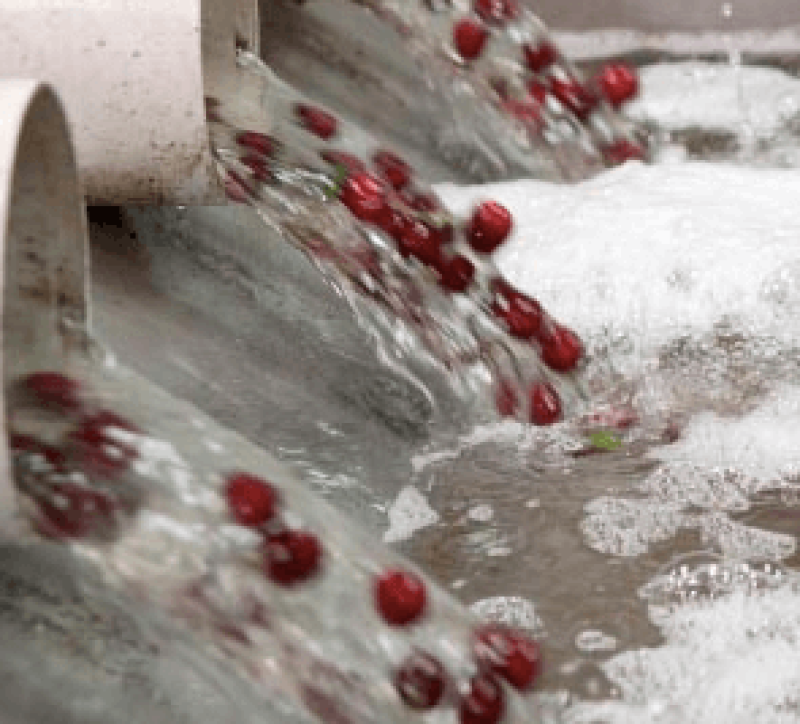People like their sweet cherries sweet but getting them from place to place in the modern world isn’t without challenges. Long ocean voyages require a different strategy than shorter truck or air shipping.
Business is good, but the Canadian sweet cherry industry has had to modify logistics strategies to accommodate its burgeoning export markets – that means new ways to retain fruit quality for weeks. Peter M.A. Toivonen, of the Agriculture and Agri-Food Canada’s Pacific Agri-Food Research Centre, studies cooling of sweet cherries to ensure delivery of good quality at the market place.
“All sweet cherry packing lines use hydrocooling to reduce fruit temperature before packing, which is compatible with the required speed and throughput of a typical packing line,” Toivonen explained. “Many packers in British Columbia have relied on either two- or single-stage hydrocooling to provide the sole cooling for sweet cherries.”
Writing in HortTechnology, he notes that the practice of relying on hydrocooling alone is successful when cherries are transported via air freight, but the practice may not be suitable for longer shipping because sweet cherries respire after packing, generating heat of respiration, and the packed fruit can then accumulate significant heat over time in long-term transport or storage.
Toivonen conducted experiments at packing houses throughout British Columbia’s sweet cherry region to determine the core temperatures of cherries after they were cooled and packed. The study used temperatures from the low, middle, and high end of industry standards to test the significance of temperature differences on quality of ‘Sweetheart’ cherries from hydrocooled packed boxes in a simulated long-term container shipping experiment.
Toivonen’s analyses showed that the core temperature of commercially hydrocooled fruit in palletized boxes was above the recommended temperature for sweet cherries. “Holding the cherries in a cold room, even when it was set at below 0° C, could not further lower the core temperatures of the sweet cherries in inner cartons of palletized boxes and, in another case, not even reduce the core temperature of sweet cherries in the exterior cartons of the pallet,” he said. The data showed that, in practice, the best consistently achievable core temperature for sweet cherry core was around 3° C, and that core temperatures could also be in the range of 5° C or more in some situations.
The experiments revealed that temperature management of sweet cherries for long-term containerized shipment requires attention to very small differences in temperatures. “A deviance of temperature as little as a few degrees Celsius can result in dramatically different outcomes for the most important quality indicators of sweet cherry,” Toivonen said. “Sweet cherries must be cooled after packing to bring their temperature down to a value that will ensure the best quality at distant markets when shipped by container.” The author said that cooling sweet cherries after packing can best be accomplished by forced-air cooling of palletized boxes.































